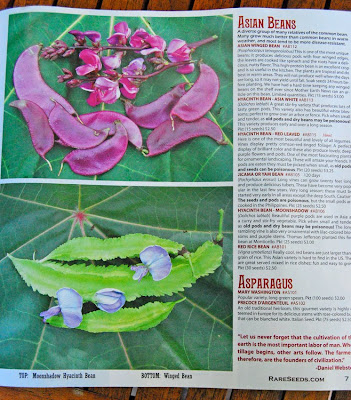
Yesterday, before my lower back kicked the bucket, I…
Fertilised all the citrus trees, as it was time to do so
Fertilised all the orchids, because I hadn’t done it for a while
Fertilised the gardenias, whose leaves were yellowing
Fertilised the repotted and divided French tarragon and mint to give them a boost
Fertilised the lemon grass with high-nitrogen food
Fertilised the Asian eggplant yet again
Put out slow-release fertiliser pellets around the potted begonias
Then I repotted the succulents worth saving and, as many of the other succulents were showing some signs of autumn growth, I fertilised them with a liquid succulent fertiliser, too.
And as I stood up after moving the last succulent pot, my rotten lousy lower back said to me “time for a spasm, a real good one, old boy”. It’s still sore. Didn’t sleep all that brilliantly, either. My back said things like “you’ve been in that position for at least 10 minutes, Jamie, here’s a mini spaz to turn you over”. Gee, thanks lower back, I can only rely on you to let me down.
Yesterday, before my lower back kicked the bucket, if I did everything on my 'to do' list (which is, admittedly, very unlikely) I could have also…
Trimmed the large murraya near the pergola
Trimmed the murraya hedge near the shed
Trimmed the last of the climbing fig on the garage wall (you know, the bit with the wasp nests)
Repotted the native orchids into nicer & bigger pots
Replanted the potted oregano in the ground, near the sage
Fixed the bashed-up-by-wind scented pelargoniums
Sprayed the asthma weed under the kitchen and bathroom windows
Trimmed my neighbour Michael’s rampant grapevine
Fed the cardamom and ginger plants
Got rid of the baby curry leaf trees at the base of the potted tree
Harvested some limes, then squeeze/freeze the juice
Trimmed the dead bits off the underside of the nardoo
Dolomited the compost bin and checked how it’s going
Potted up seeds of mesclun lettuce
Is my back telling me that my garden is too high-maintenance? I think so. I’m going to have to rethink my garden so it’s easier to look after. Now, there’s a whole new world ahead of me. No, my lower-back, you’re definitely not a pal – at best you're a limiting factor who cannot be ignored.

















































